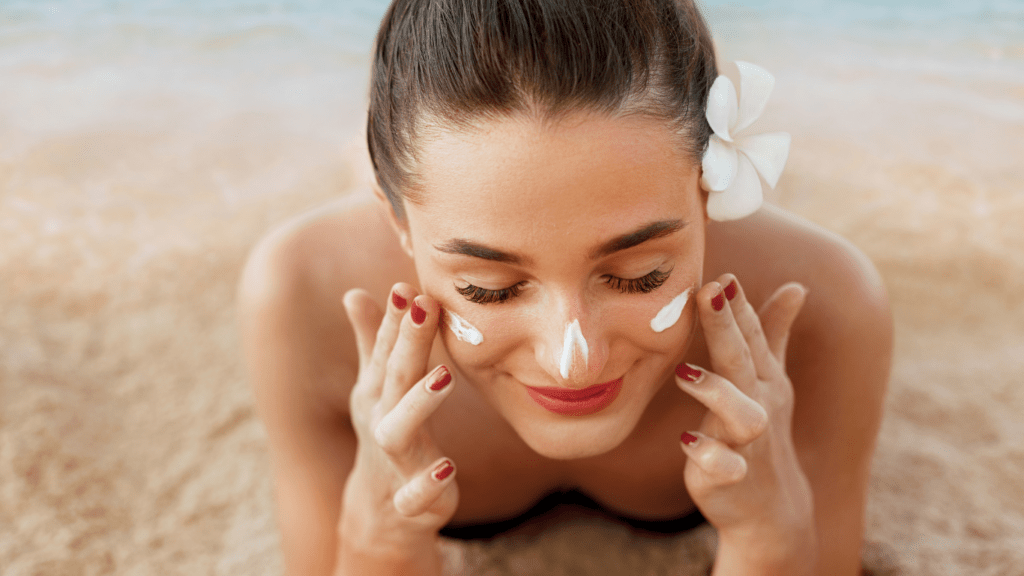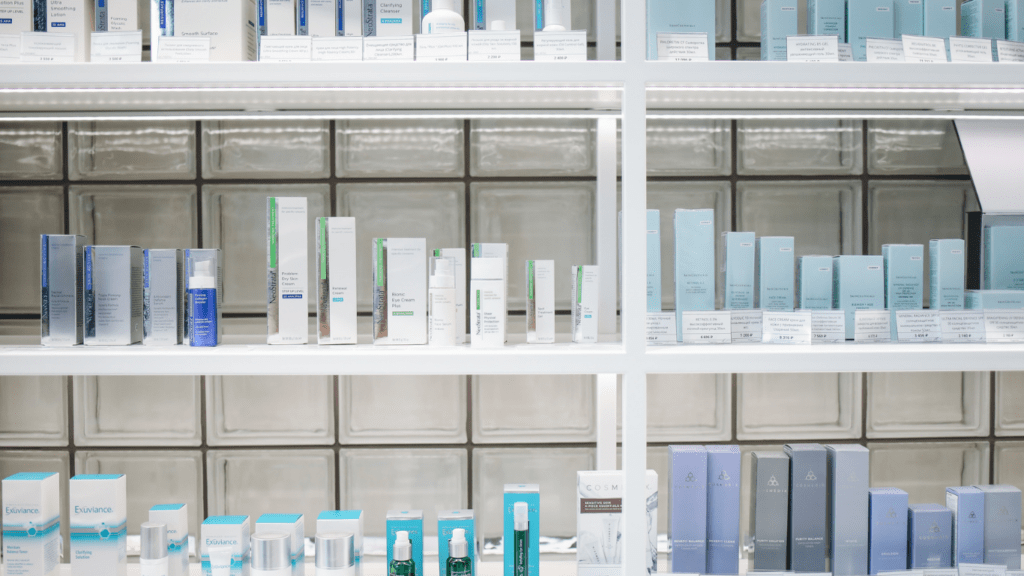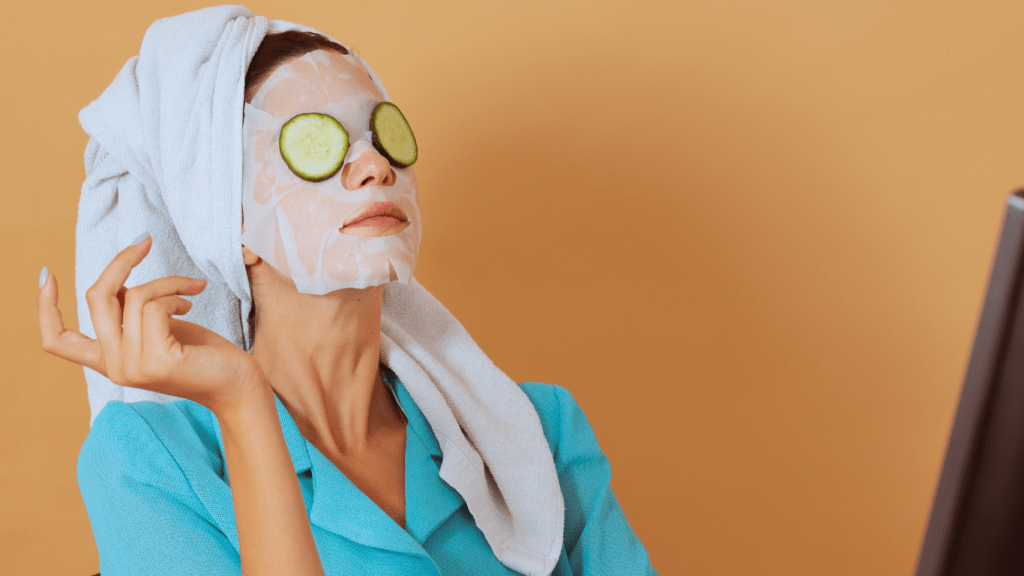Importance of Sunscreen
Sunscreen protects skin from harmful ultraviolet (UV) rays. UV rays include UVA and UVB, which cause premature aging and skin cancer if not shielded against. Daily use lowers the risk of melanoma, the deadliest type of skin cancer.
UV radiation harms skin cells even on cloudy days. Around 80% of UV rays penetrate clouds, making everyday application essential. Consistent protection helps maintain skin health and appearance.
Photoaging results from UV exposure over time. Benefits of sunscreen extend to reducing fine lines, wrinkles, and dark spots. Preventing photoaging keeps skin youthful longer by maintaining collagen integrity.
Regular sunscreen use also prevents sunburn, which damages skin layers and increases cancer risk. Sunscreen with at least SPF 30 is advisable for effective defense, blocking around 97% of UVB rays.
Incorporating sunscreen into daily routines ensures comprehensive skin protection. By using it year-round, I safeguard my skin against cumulative UV damage, securing long-term skin health. This small step leads to significant benefits, emphasizing the importance of sunscreen in everyday skincare.
Choosing the Right Sunscreen
Selecting sunscreen is essential to protecting your skin effectively. Consider the following key factors to make an informed decision.
Broad Spectrum Protection
I always opt for broad-spectrum sunscreen to guard against both UVA and UVB rays. UVA rays contribute to skin aging and wrinkles, while UVB rays cause sunburn. Broad-spectrum products ensure comprehensive protection, reducing the risk of skin cancer and photoaging. For instance, ingredients like zinc oxide and titanium dioxide often provide this dual protection.
SPF Ratings
The Sun Protection Factor (SPF) indicates a sunscreen’s ability to protect against UVB rays. I recommend an SPF of at least 30 for daily use. SPF 30 blocks approximately 97% of UVB rays, while SPF 50 blocks about 98%. Higher SPF ratings offer marginally better protection but need frequent reapplication, especially after swimming or sweating.
Water-Resistant Formulations
Water-resistant formulations are crucial for extended outdoor activities or swimming. These sunscreens maintain their effectiveness for either 40 or 80 minutes of water exposure, as stated on the label. I look for labels specifying the duration of water resistance to ensure continuous protection during activities. Reapply water-resistant sunscreen as directed to maintain optimal efficacy.
Applying Sunscreen Properly

Proper application of sunscreen is essential for effective protection against UV radiation. I’ll outline the amount to use, application techniques, and the necessity of reapplying throughout the day.
Amount to Use
Using the right amount of sunscreen ensures adequate coverage. For most adults, 1 ounce (about a shot glass) of sunscreen is needed to cover the entire body. For the face and neck, use a nickel-sized dollop.
Application Techniques
Applying sunscreen correctly boosts its effectiveness.
Spread sunscreen evenly across all exposed skin, including often-missed areas like:
- ears
- neck
- tops of feet
Apply 15 minutes before sun exposure for optimal absorption. For sprays, hold the bottle close to the skin and rub in the product to ensure even coverage.
Reapplying Throughout the Day
Reapplying sunscreen maintains protection. Reapply every two hours and immediately after swimming, sweating, or towel drying. Always follow the product’s specific reapplication instructions, especially for water-resistant formulations.
Integrating Sunscreen Into Your Daily Routine
Adding sunscreen to your daily regimen is simple yet essential. Follow these best practices to ensure optimal protection from harmful UV rays.
Morning Skincare Routine
Cleanse the face to start a fresh canvas for your skincare products.
- Apply a hydrating toner or serum to prep the skin.
- Generously use a broad-spectrum SPF 30 sunscreen as the final step.
- Wait a few minutes to allow the sunscreen to absorb before proceeding with makeup or heading outdoors.
This ensures the sunscreen forms an effective barrier against UV rays.
Incorporating Makeup
Blend sunscreen into your beauty routine seamlessly. Look for makeup products that also offer SPF protection, such as:
- foundation
- primers
- setting powders
Apply sunscreen first, allowing it to set. Layer with your usual makeup products to maintain sun protection without compromising your desired look. Aim to reapply using SPF-infused setting sprays or powders for continuous coverage throughout the day.
Sunscreen for Different Activities
Tailor sunscreen use based on your activities. For daily indoor routines, broad-spectrum SPF 30 is adequate. During outdoor activities or water-based exercises, choose water-resistant formulations and reapply every two hours. For sports or heavy sweating, consider sweat-proof sunscreens for longer-lasting coverage. Adjust based on your activity level to maintain comprehensive UV protection.
Special Considerations
Applying sunscreen correctly requires considering various factors to maximize protection and minimize irritation.
Sensitive Skin and Allergies
Choosing the right sunscreen ensures it suits your skin’s sensitivity and avoids allergic reactions. Opt for mineral-based sunscreens containing zinc oxide or titanium dioxide, as these ingredients are less likely to cause irritation. Fragrance-free and hypoallergenic options further reduce the risk of adverse reactions. Test a small amount on your wrist before full application to check for potential allergies.
Sunscreen for Children
Kids’ skin, more delicate and sensitive than adults’, needs special care. Pick sunscreens formulated specifically for children, preferably those with mineral-based ingredients like zinc oxide. Use SPF 30 or higher and ensure it’s broad-spectrum. Reapply every two hours, especially after swimming or sweating. Avoid spray sunscreens to prevent inhalation and instead, use lotions or sticks for safer application.
Sunscreen in Different Climates
Adapt your sunscreen choices based on the climate to ensure optimal UV protection. In humid or tropical climates, use water-resistant, sweat-proof sunscreens to maintain coverage. For dry or cold climates, choose sunscreens with added moisturizers to prevent skin from drying out. High-altitude locations offer stronger UV rays, so apply higher SPF sunscreen to exposed skin, even during winter.


 Bonnie Brown is an expert in holistic wellness with over a decade of experience in natural health and skincare. She has dedicated her career to helping individuals achieve radiant health through plant-based solutions and mindful self-care practices. Bonnie is passionate about blending ancient traditions with modern wellness techniques, making her insights a valuable resource for anyone on a journey to healthier skin and overall well-being.
Bonnie Brown is an expert in holistic wellness with over a decade of experience in natural health and skincare. She has dedicated her career to helping individuals achieve radiant health through plant-based solutions and mindful self-care practices. Bonnie is passionate about blending ancient traditions with modern wellness techniques, making her insights a valuable resource for anyone on a journey to healthier skin and overall well-being.
